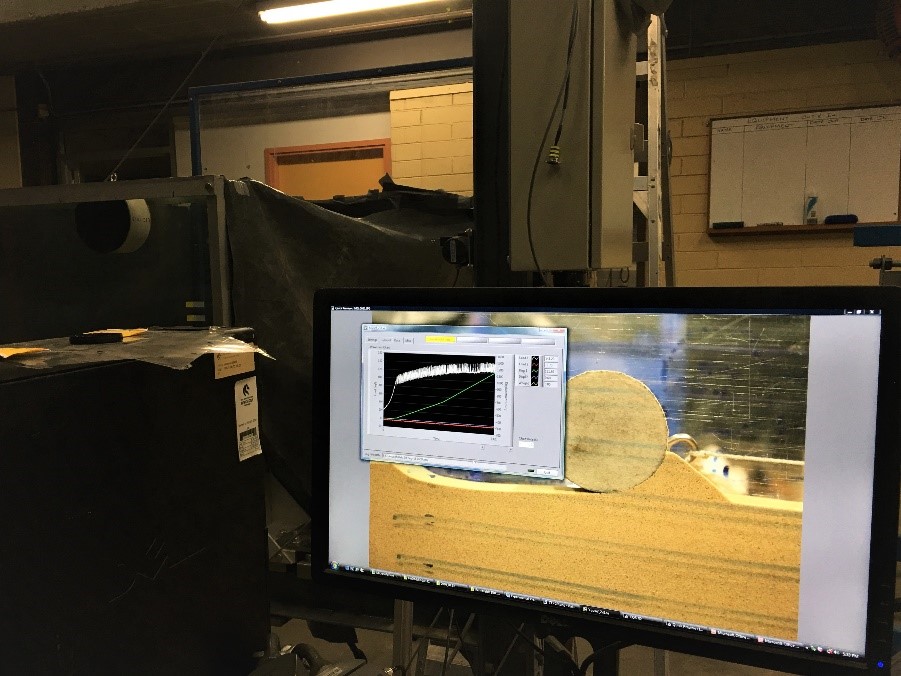Centre for Geotechnical Science and Engineering

Pipelines Crossing Geotechnically Challenging Environments
Key Researchers: George Kouretzis
PROBLEM DESCRIPTION
As oil, gas and water pipeline networks cover large areas and extend for hundreds (or sometime thousands) of kilometres, their routes inevitably cross regions where adverse geotechnical conditions prevail. There, permanent ground movements (triggered by landslides or slope failures, ground subsidence, nearby excavations, active fault rupture etc.) or transient ground movements (resulting from seismic or blast wave propagation) may lead to failure of buried pipes in the form of local buckling, cracking or tensile rupture of the pipe. This depends on the magnitude and pattern of the ground movement, the pipe material and section properties, but also on how the buried pipe interacts with its backfill material and the natural soil.
Other loads, not associated with geohazards but relevant to the interaction of buried pipes with their surrounding soil, may also be detrimental for pipelines. For example, shallowly buried pipes may experience global upheaval buckling when the soil above the pipe cannot offer sufficient resistance to sustain the uplift load caused by thermal stresses.
Damages on pipes may result in oil and gas leakage or service disruptions and may have serious financial and environmental consequences. Researchers at the PRCGSE are developing analysis methods and engineering tools to improve the safety of buried pipeline networks affected by geohazards, and reduce construction and maintenance costs of new and existing networks.
SCIENTIFIC AND ENGINEERING APPROACHES
- Development of simplified methods for the computationally efficient analysis of large, geographically distributed buried pipeline networks against ground movements.
- Performance of physical modelling experiments to quantify soil-pipe interaction under carefully controlled conditions, and inform pipe stress analysis models.
- Development of advanced numerical modelling tools to investigate complex aspects of soil-pipe interaction, such as soil stresses developing on deeply buried pipes, optimisation of trench geometry and backfill material properties in areas of potentially large ground movements etc.
APPLICATIONS
- Stress analysis of buried pipes crossing active faults and design of mitigation measures
- Seismic analysis of buried pipelines
- Effect of construction activities (excavations, tunnelling, earthworks) on existing pipeline networks
- Evaluation of the safety distance of oil and gas pipelines from potential blasts
- Analysis of pipelines crossing potentially unstable slopes

Figure 1: Measurement of the resistance to lateral dragging of a particularly-embedded pipe in sand

Figure 2: Modelling of a buried pipe crossing a strike-slip seismic fault: Simulation (left) and experiment (right)
The University of Newcastle acknowledges the traditional custodians of the lands within our footprint areas: Awabakal, Darkinjung, Biripai, Worimi, Wonnarua, and Eora Nations. We also pay respect to the wisdom of our Elders past and present.
